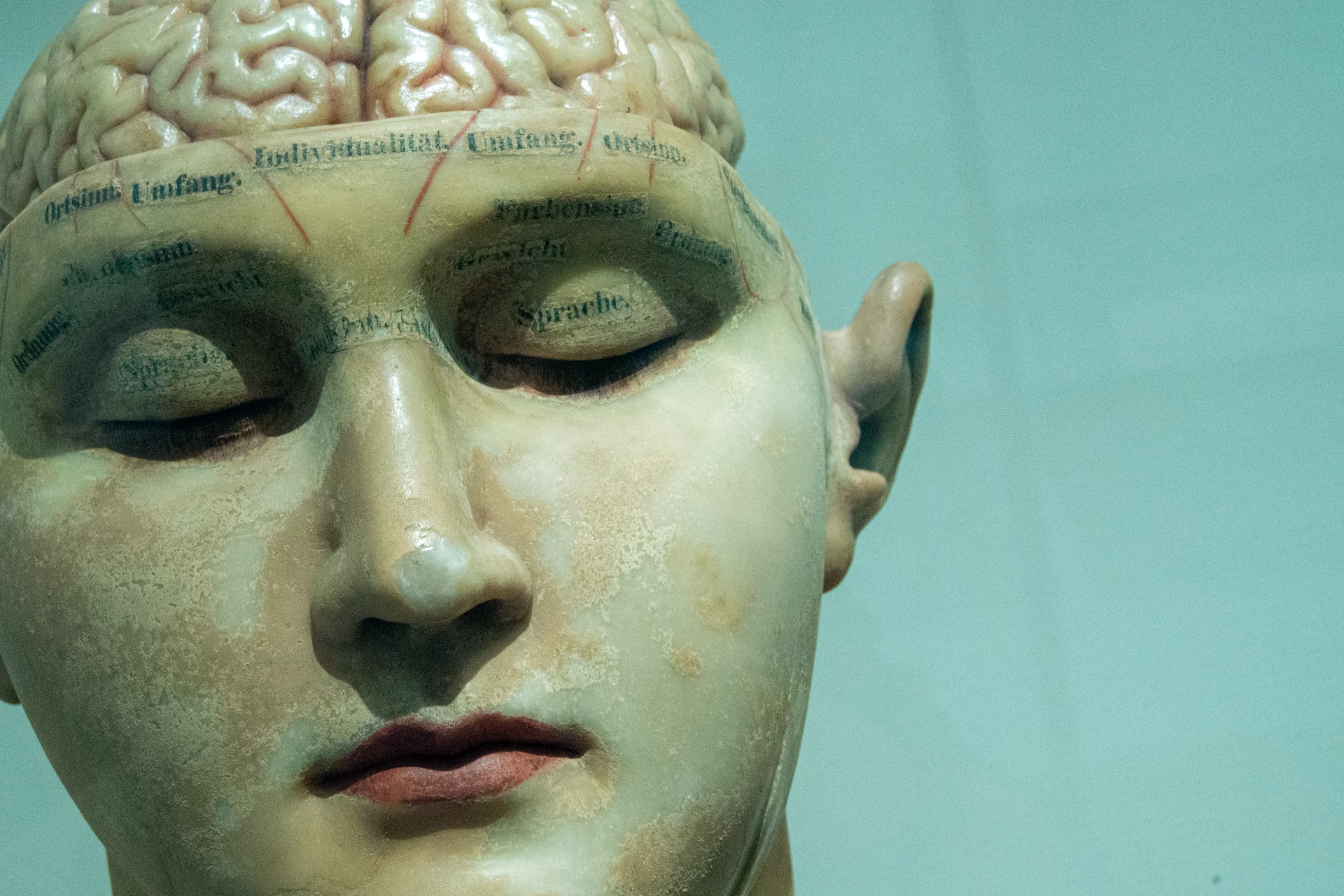The impact of pollution on brain aging
Pollution’s Hidden Impact on Brain Aging
When we think of pollution, we often focus on its effects on our lungs and the environment. However, recent research has uncovered a more insidious impact: pollution can accelerate brain aging and contribute to cognitive decline. This is not just about memory loss; it affects our ability to learn and adapt throughout life.
### How Pollution Affects the Brain
Air pollution, including fine particulate matter (PM2.5) from city smog and wildfire smoke, can enter the bloodstream and reach the brain. Once there, it triggers inflammation and a chemical change called S-nitrosylation. This process alters proteins in the brain, disrupting normal cell function and communication. One key protein affected is CRTC1, which plays a crucial role in memory formation. When CRTC1 undergoes S-nitrosylation, it can no longer properly activate genes needed for healthy brain connections, leading to memory loss and potentially contributing to conditions like Alzheimer’s disease.
### The Role of Inflammation
Inflammation is a key mediator in how pollution impacts brain health. When pollutants enter the body, they can cause systemic inflammation, which disrupts immune functions in the brain. This inflammation can lead to neurodegenerative diseases by impairing cognitive health. Researchers have found that exposure to PM2.5 correlates with increased white blood cell counts, particularly monocytes, which are involved in immune responses. This systemic inflammation acts as a link between pollution exposure and cognitive impairment.
### Potential Solutions
Fortunately, understanding these mechanisms opens up new avenues for treatment. Scientists are working on developing drugs that can block S-nitrosylation, potentially reversing some of the brain damage caused by pollution. In experiments, genetically modifying CRTC1 to prevent S-nitrosylation has shown promising results in improving memory function in Alzheimer’s models. This suggests that targeting S-nitrosylation could be a viable strategy for treating or preventing pollution-related brain diseases.
### A Broader Perspective
The impact of pollution on brain aging is part of a larger environmental health issue. As populations age and urbanization increases, addressing pollution’s role in neurodegenerative diseases becomes more urgent. Reducing exposure to pollutants through cleaner air policies and personal choices can help mitigate these effects. Additionally, preserving natural environments and reducing greenhouse gas emissions are crucial steps in protecting not just our brains but our planet.
In conclusion, pollution’s influence on brain aging is a complex issue that requires a multifaceted approach. By understanding the biological mechanisms involved and developing targeted treatments, we can work towards a healthier future for our brains and our environment.





